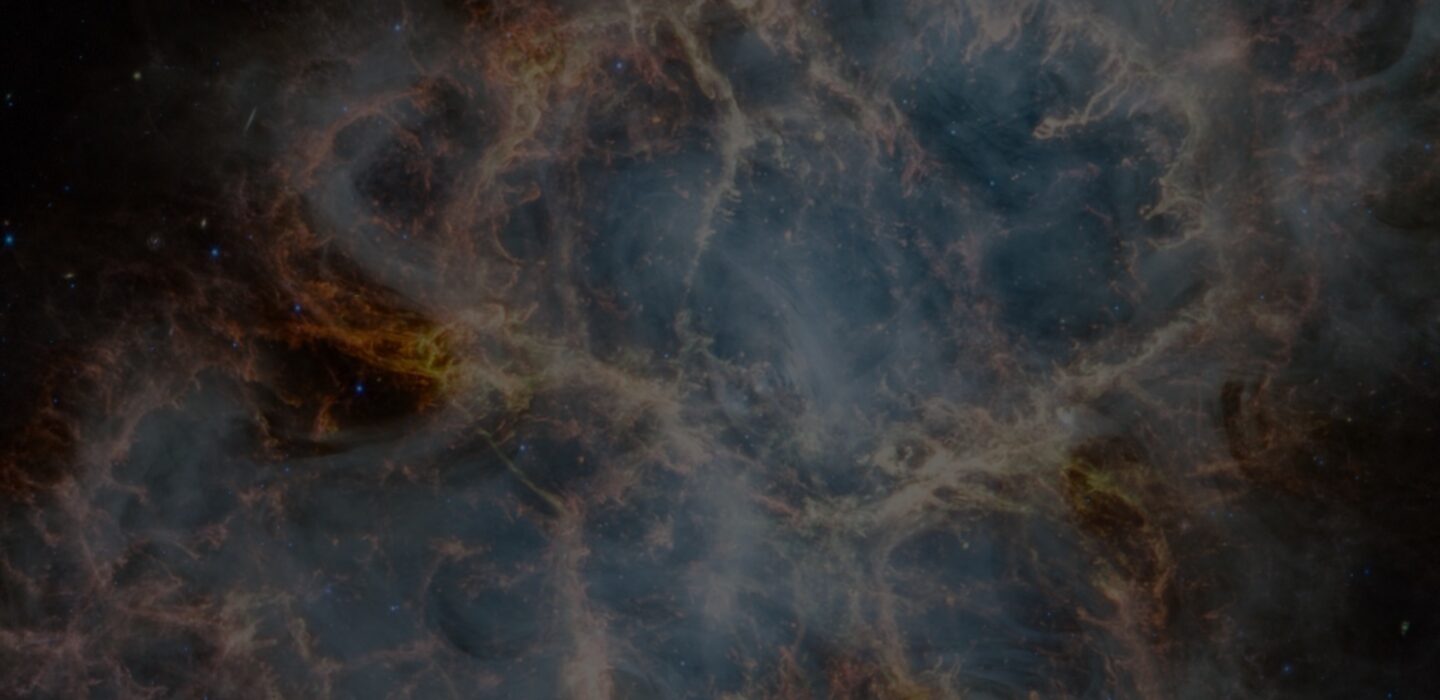How Excited Should We Be by Signs of Life Spotted on Alien Worlds?
“DON’T be excited,” says Sara Seager. She is talking about putative signs of life from observations of the atmospheres of other worlds, and her words are a sobering counterbalance to hyperbolic headlines.
Of course, a genuine sighting of the signature of life beyond Earth would be anything but humdrum. On the contrary, it would be momentous. Given that we have investigated just a tiny fraction of the many billions of planets assumed to exist in our own galaxy, it would imply that life is abundant in the universe.
That explains the steady drumbeat of stories about molecular “biosignatures” spotted on other worlds, thanks mainly to the James Webb Space Telescope (JWST). Last September alone, it detected carbon dioxide on Jupiter’s icy moon Europa that appears to come from its potentially life-friendly concealed ocean and, possibly, dimethyl sulphide on exoplanet K2-18b, a chemical produced on Earth only by living things. “Tantalising sign of possible life on faraway world,” was the BBC’s take.
But Seager, an astrobiologist at the Massachusetts Institute of Technology, urges caution for good reason: when it comes to evidence for extraterrestrial life, the remote detection of molecules tends to be inconclusive. Even if the detection proves reliable – and that is often a big if – there may well be a plausible non-biological explanation for a chemical’s presence.
To make sense of such findings, then, and to calibrate our excitement about the chances they herald aliens, it pays to get to grips with the promises and pitfalls of the biosignatures we search for. Can they ever provide definitive proof of life?
Read more
